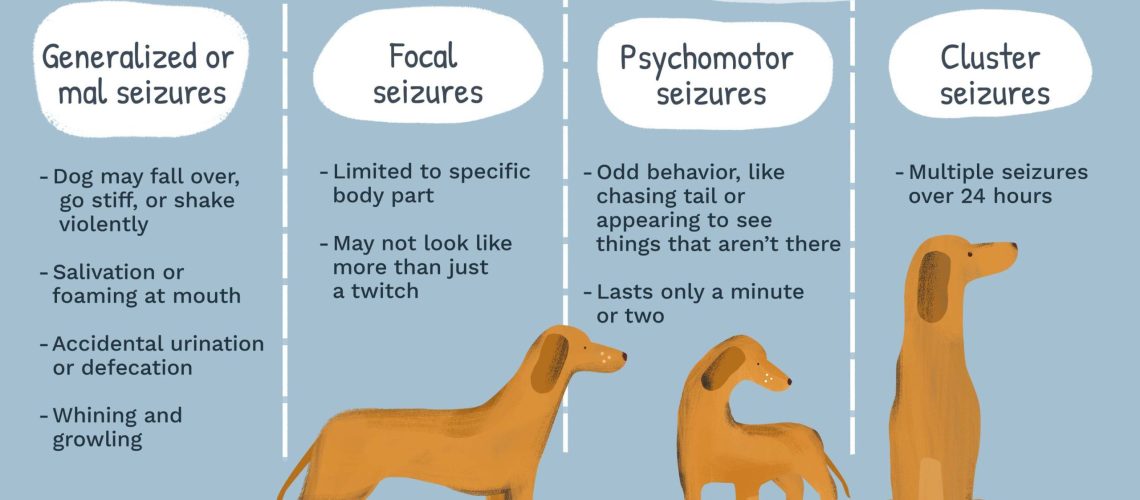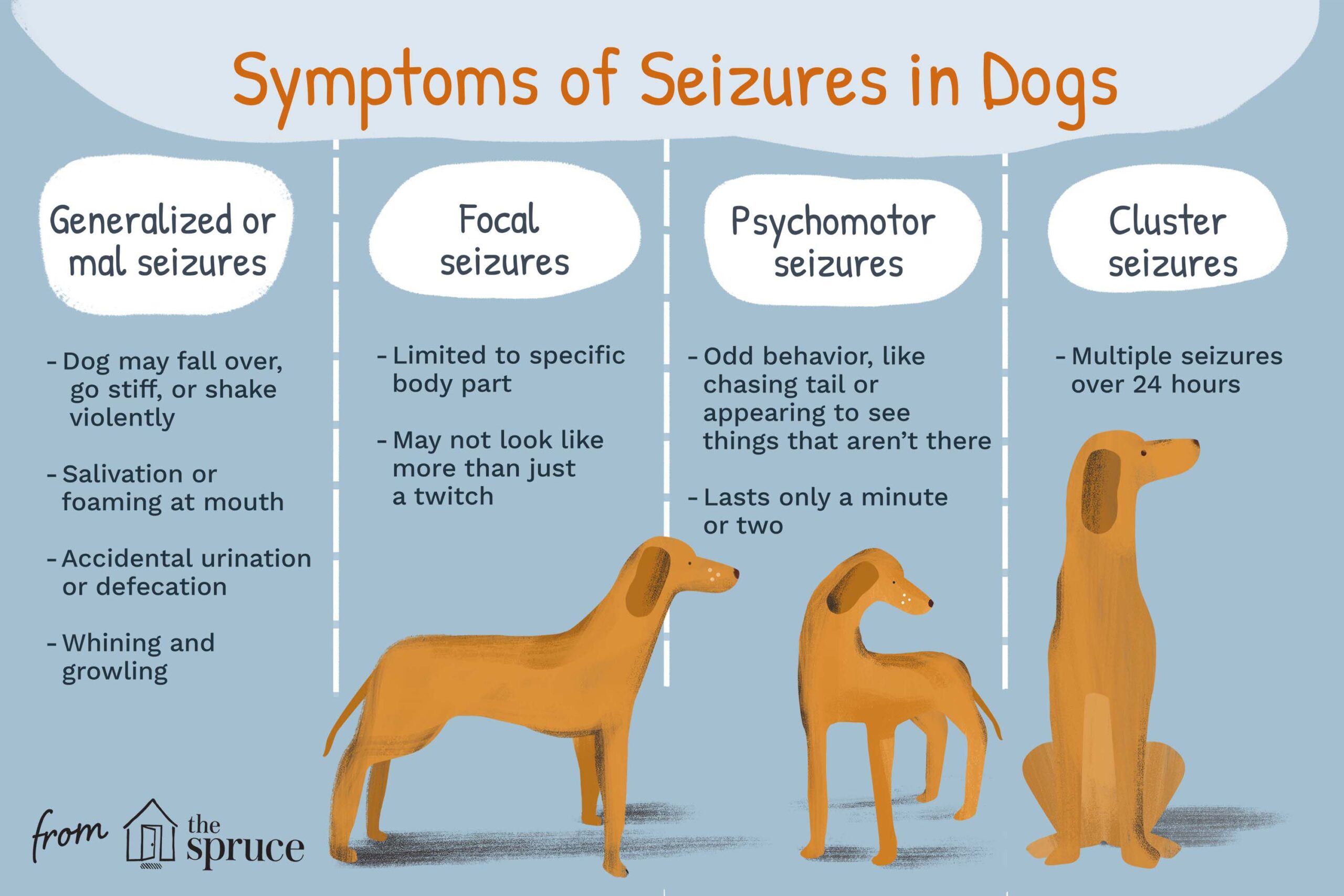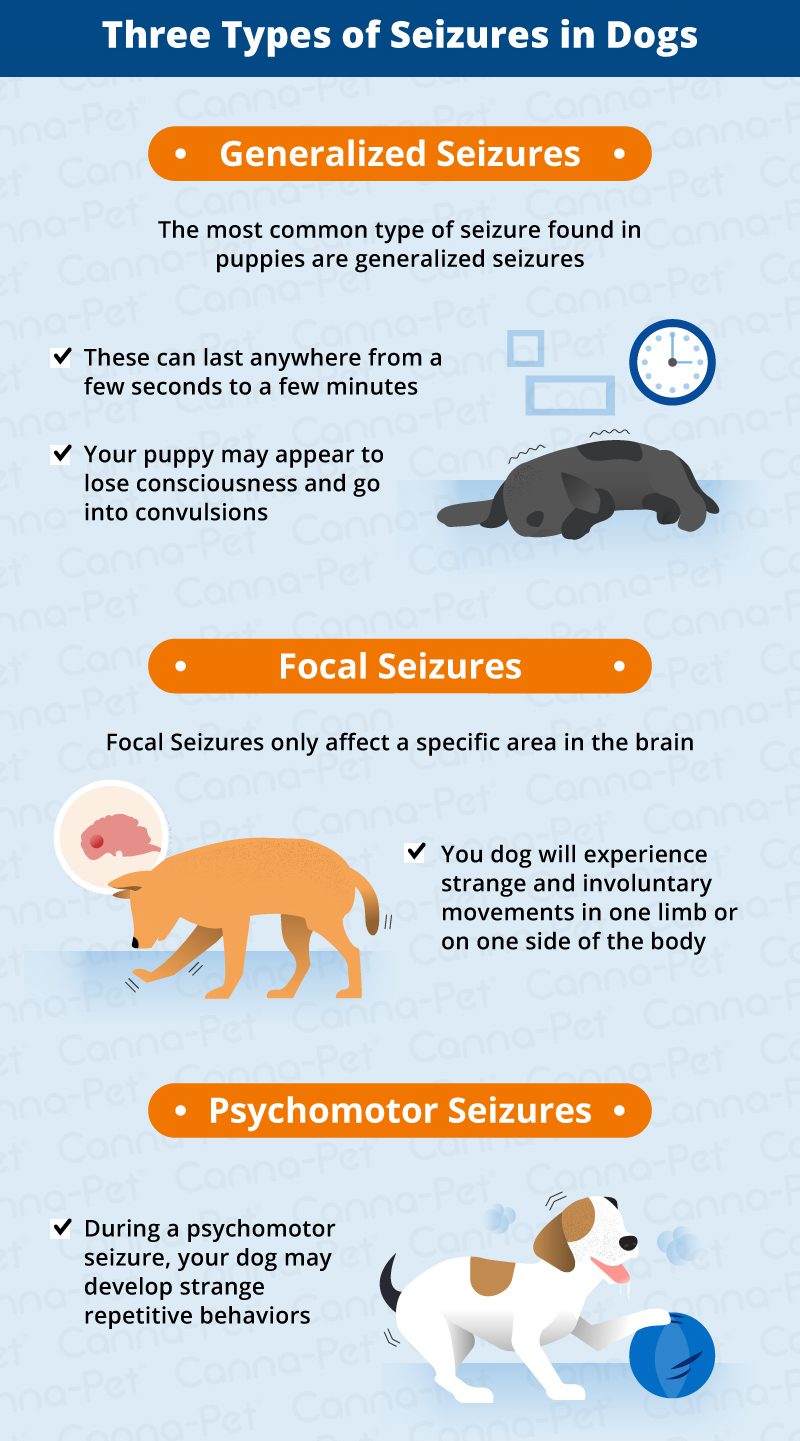A seizure dog is a specially trained canine companion that helps individuals with epilepsy by providing assistance and support during seizures.
Key Takeaways:
- A seizure dog is specially trained to assist individuals with epilepsy or other seizure disorders.
- These dogs are able to detect and respond to seizures before they occur, providing warning signs and support to their owners.
- Seizure dogs can be trained to perform various tasks during a seizure, such as staying close to the person, fetching help, or activating an emergency alert system.
- They undergo rigorous training and must meet specific criteria to become certified seizure dogs.
- Having a seizure dog can greatly improve the safety and quality of life for individuals with seizures, providing them with increased independence and peace of mind.
What is a seizure dog?
A seizure dog is a very special type of service dog that is trained to help people who have seizures. When someone has a seizure, their body may shake and they can lose control of their muscles. This can be scary and dangerous, but a seizure dog is there to help.
Seizure dogs are trained to stay calm and focused during a seizure. They can provide comfort and support to the person having the seizure. Some dogs are even trained to bark or alert someone nearby for help during a seizure.
These dogs are not just regular pets - they are highly trained to assist people with seizures. They have special skills that make them very helpful in these situations.
How does a seizure dog help someone with seizures?
When someone with seizures has a seizure, it can be very overwhelming and scary. A seizure dog is there to provide assistance and support during and after the seizure.
During a seizure, the dog may stay close to the person or lie down next to them to keep them safe. After the seizure, the dog can help by licking their face or nudging them gently to bring them back into awareness. The presence of the dog can also provide emotional comfort for the person, as they know they are not alone.
Seizure dogs can also be trained to perform specific tasks, such as bringing medication or an emergency phone to their owner during or after a seizure. They can also be taught how to activate an alarm system if needed.
Overall, these amazing dogs play an important role in helping individuals with seizures feel safer and more supported in their daily lives.
How does a seizure dog help someone with seizures?
A seizure dog is trained to provide assistance and support to individuals who experience seizures. These dogs are able to detect when their owner is about to have a seizure, often before any visible signs or symptoms occur. They can alert their owner by barking, pawing, or nudging them, giving them time to find a safe place and take necessary precautions. During a seizure, these dogs can provide comfort and companionship, reducing anxiety and stress for the individual.
Seizure dogs are also trained to perform specific tasks during and after a seizure. For example, they may be trained to stay close to their owner during the seizure to prevent injury or provide stability. After the seizure, they can retrieve medication or a phone for their owner, as well as seek help from others if needed.
Tasks performed by seizure dogs include:
- Alerting their owner before a seizure
- Providing emotional support during a seizure
- Preventing injury during a seizure
- Retrieving medication or seeking help after a seizure
The bond between a seizure dog and its owner is crucial in providing effective assistance. These dogs undergo extensive training to develop the skills necessary for detecting seizures and performing tasks that aid their owners in managing their condition.
Who can have a seizure dog?
A wide range of individuals with epilepsy or other conditions that cause seizures can benefit from having a seizure dog. This includes children, teenagers, adults, and seniors. Seizure dogs can be particularly helpful for those who experience frequent seizures or have difficulty managing their condition on their own.
Conditions that may qualify someone for a seizure dog include:
- Epilepsy
- Neurological disorders
- Post-traumatic stress disorder (PTSD)
- Diabetes-related seizures
It is important for individuals interested in obtaining a seizure dog to consult with their healthcare provider or a reputable organization that specializes in training and providing assistance dogs. They can help determine if a seizure dog is appropriate for their specific needs and guide them through the application process.
What kind of training do seizure dogs go through?
Seizure dogs undergo extensive training to become reliable and effective in assisting individuals with seizures. The training process typically starts when they are puppies, around 8-12 weeks old. They are first taught basic obedience commands such as sit, stay, and come. As they progress, they receive specialized training to recognize the scent or behavior changes that occur before a seizure.
Basic Obedience Training
During the initial stage of training, seizure dogs learn basic obedience commands. This includes responding to verbal cues and hand signals, walking calmly on a leash, and behaving appropriately in various environments. They also learn to ignore distractions and remain focused on their handler's needs.
Scent Detection Training
Seizure dogs are trained to detect specific scents associated with seizures. They learn to recognize the unique odor emitted by their handler's body before a seizure occurs. Through positive reinforcement techniques, such as rewards and praise, they develop the ability to alert their handler or others when they sense an impending seizure.
Alerting Techniques
Once a seizure dog has successfully learned scent detection, they are trained on how to alert their handler or seek help during a seizure episode. This can involve behaviors such as nudging or pawing at their handler, barking or vocalizing in a specific manner, or running to find someone who can provide assistance.
Overall, the training process for seizure dogs is rigorous and requires patience, consistency, and specialized knowledge from professional trainers who understand the unique needs of individuals with seizures.
Sources:
- "Seizure Dogs: How They Can Help" - Epilepsy Foundation
- "Training Seizure Response Dogs" - Canine Companions for Independence
Are certain breeds better suited to be seizure dogs?
Seizure dogs, also known as epilepsy assistance dogs, play a crucial role in the lives of individuals with epilepsy. While there is no specific breed that is universally considered the best for this role, certain breeds have been found to possess traits that make them well-suited for seizure work. Labrador Retrievers and Golden Retrievers are commonly chosen for their intelligence, trainability, and gentle nature. These breeds are known for their ability to remain calm in stressful situations and their willingness to learn and follow commands. Additionally, Standard Poodles are often selected due to their high level of intelligence and hypoallergenic coat, which can be beneficial for individuals with allergies.
Labrador Retrievers
Labrador Retrievers are one of the most popular choices for seizure dogs due to their friendly and outgoing nature. They have a strong desire to please their owners and are highly trainable. Their size also allows them to provide physical support during a seizure if needed.
Golden Retrievers
Golden Retrievers are another breed commonly used as seizure dogs. They are known for their calm temperament and patience, making them excellent companions during seizures. Their gentle nature also makes them suitable for households with children or other pets.
How do seizure dogs know when someone is about to have a seizure?
One of the remarkable abilities of seizure dogs is their capability to detect when an individual is about to have a seizure before any visible signs occur. While the exact mechanism behind this remains unclear, it is believed that these dogs can pick up on subtle changes in body odor or behavior that precede a seizure episode.
Scent Detection
Seizure dogs may be trained to recognize specific scents associated with seizures. During training, they become familiar with the unique scent released by an individual's body before a seizure. This allows them to alert their handler by pawing, barking, or nudging them, giving them time to prepare and seek a safe environment.
Behavioral Cues
In addition to scent detection, seizure dogs are also sensitive to changes in their handler's behavior. They can pick up on subtle cues such as restlessness, repetitive movements, or changes in breathing patterns that may indicate an impending seizure. Through careful observation and training, these dogs learn to recognize these behavioral cues and respond accordingly.
Can a seizure dog prevent someone from having a seizure?
While seizure dogs cannot prevent seizures from occurring, they can provide invaluable assistance during and after an episode. Their primary role is to ensure the safety and well-being of their handlers by alerting them or others nearby when a seizure is about to happen. However, some individuals have reported that the presence of a seizure dog has led to a decrease in the frequency or severity of their seizures. This could be attributed to the emotional support and stress reduction provided by the dog's companionship.
Emotional Support
Seizure dogs offer emotional support to individuals with epilepsy, which can help reduce stress levels. Stress is known to be a potential trigger for seizures in some cases. By providing constant companionship and unconditional love, these dogs can create a calming effect on their handlers' mental state, potentially contributing to better overall seizure control.
Note:
It is important for individuals with epilepsy to consult with healthcare professionals regarding their treatment plan and not solely rely on a seizure dog for medical management.
What should you do if you see someone having a seizure and their seizure dog is with them?
If you witness someone having a seizure and they have a seizure dog with them, it is essential to remain calm and follow certain steps to ensure the safety of both the individual and the dog.
Step 1: Assess the Situation
Take a moment to assess the immediate surroundings. Ensure that there are no objects or obstacles that could pose a risk of injury to the person having a seizure or their dog. Clearing the area of any potential hazards is crucial.
Step 2: Do Not Interfere with the Dog
Seizure dogs are trained to assist their handlers during seizures and may have specific tasks they need to perform. Avoid interfering with the dog's actions unless it is necessary for immediate safety reasons.
Step 3: Offer Support and Reassurance
While it may be tempting to try and physically restrain someone during a seizure, it is important not to do so. Instead, provide support by staying nearby and offering reassurance once the seizure has ended. The presence of their seizure dog can provide comfort and familiarity during this vulnerable time.
How can someone apply for a seizure dog? What are the requirements?
Applying for a seizure dog involves several steps, including finding a reputable organization that trains and provides these specialized service dogs. The requirements for obtaining a seizure dog may vary depending on the organization, but generally include:
Medical Documentation
Most organizations require individuals to provide medical documentation confirming their diagnosis of epilepsy or another qualifying condition. This documentation helps determine eligibility for a seizure dog.
Evaluation Process
Applicants typically go through an evaluation process conducted by the organization. This may involve interviews, home visits, and assessments of lifestyle factors to ensure compatibility between the individual and the potential seizure dog.
Note:
It is important to research different organizations thoroughly before applying, as some may have specific criteria or waiting lists. Additionally, there may be associated costs involved in obtaining a seizure dog, including training fees and ongoing care expenses.
| In Conclusion | |
| Seizure dogs are: | Trained service animals that provide support and assistance to individuals with epilepsy or other seizure disorders. |
| Their main role is: | To alert their owners or caregivers before a seizure occurs, ensuring safety and allowing for necessary precautions. |
| These incredible dogs: | Offer comfort, companionship, and independence to those living with seizures, enhancing their quality of life. |
What does a seizure dog do?Seizure alert dogs are capable of being trained to carry out various tasks, such as positioning themselves next to a person experiencing a seizure in order to prevent any harm. They can also position themselves between the handler and the ground to prevent a fall at the onset of a seizure. Additionally, they are able to remain with the handler during a seizure to offer emotional support and comfort. What brings on a dog seizure?Seizures can be caused by various factors. The primary cause of seizures in dogs is idiopathic epilepsy, which is a hereditary condition with an unknown specific cause. Other potential causes include liver disease, kidney failure, brain tumors, brain injuries, and exposure to toxic substances. Can a dog survive after seizure?If seizures in dogs are not treated, they may deteriorate and result in permanent neurological damage or death. However, with proper care, many dogs with seizures can have a long and happy life. Do I qualify for a seizure dog?To be eligible for PAWS, an individual must be at least 14 years old and experience a minimum of one epileptic seizure per month. Absence seizures (Petit-Mal), which do not have a physical manifestation, are not considered qualifying seizures as they do not trigger the dogs to respond. What breed of dog detects seizures?Labrador retrievers are commonly used as service animals in different capacities, such as alerting to seizures. How do dogs act before a seizure?Before a seizure, dogs may exhibit various behaviors such as hiding, whining, showing anxiety, trembling, or excessive salivation. This phase, known as the pre-ictal phase or aura, can last from a few seconds to several hours. More Reads
Dr. Clara Bennett
Hello, fellow pet enthusiasts! I'm Dr. Clara Bennett, your go-to expert on all things pets. With a background in veterinary medicine and a passion for nutrition, I've spent years diving deep into the world of cats, dogs, birds, horses, and the products that keep them thriving. From the English countryside, I've witnessed the magic of animals and am here to share my knowledge, ensuring your pets receive the best care. Together, let's master the art of pet care!
All Posts »
Next Steps In Mastering Cat CareNext Steps In Mastering Dog CareJoin Our NewsletterSubscribe to receive our latest updates in your inbox! | |
















